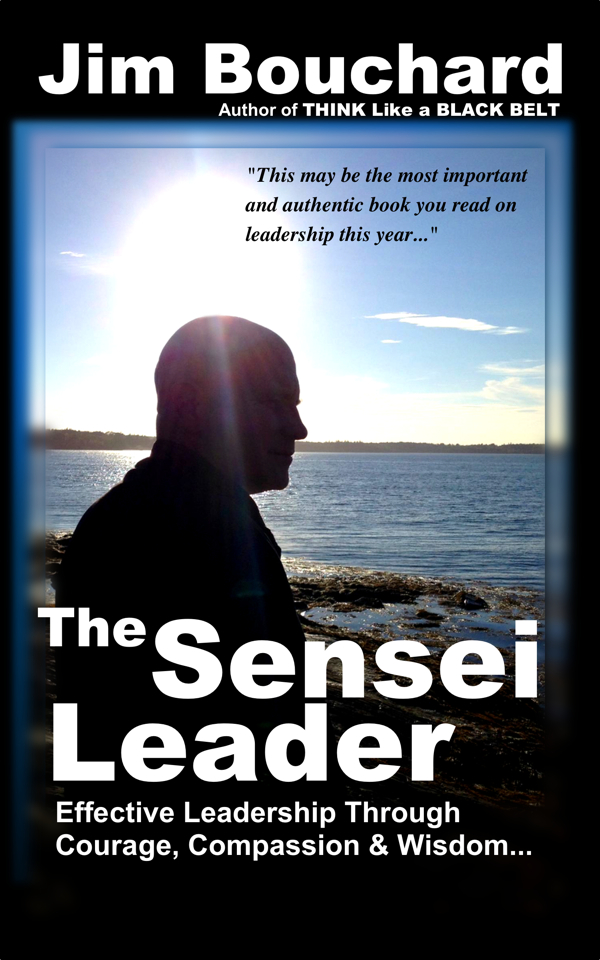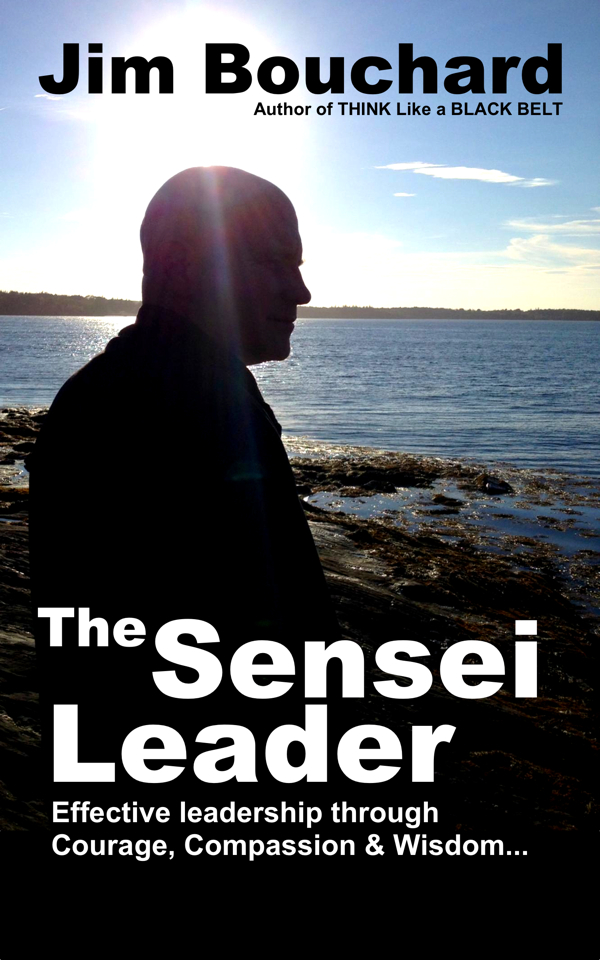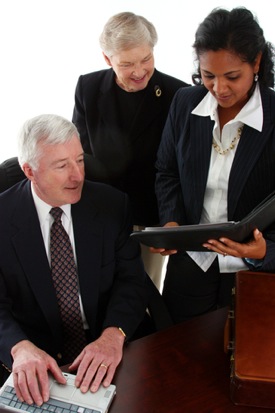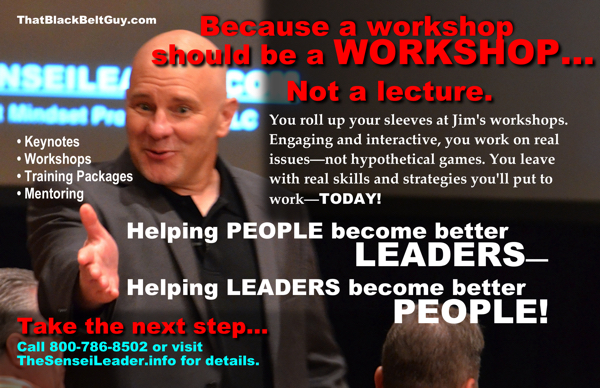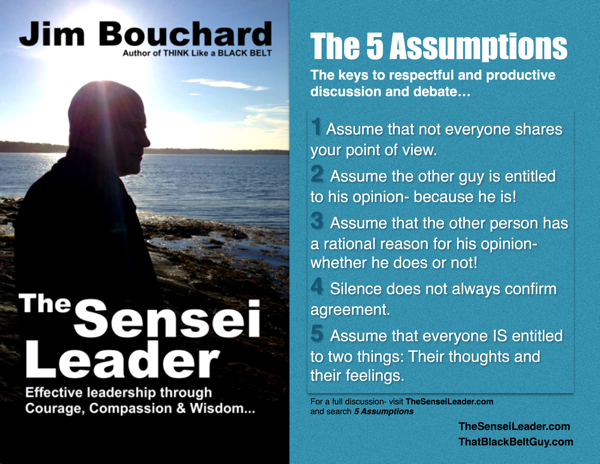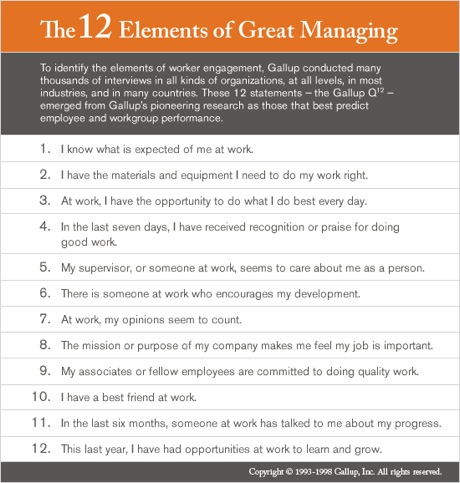 Dan Price, the CEO of Gravity Payments, shook up a lot of leaders when he announced that he would slash his 7 figure salary to just $70,000––and distribute the difference with his employees. According to the NY Times:
Dan Price, the CEO of Gravity Payments, shook up a lot of leaders when he announced that he would slash his 7 figure salary to just $70,000––and distribute the difference with his employees. According to the NY Times:
“Mr. Price surprised his 120-person staff by announcing that he planned over the next three years to raise the salary of even the lowest-paid clerk, customer service representative and salesman to a minimum of $70,000.”
Bold move? Publicity stunt? Calculated strategy?
There is a sound strategic basis for his move––and a healthy measure of compassionate leadership.
First of all, Price is acknowledging the people who helped him through his toughest times …
Dan Price came close to closing up shop himself in 2008 when the recession sent two of his biggest clients into bankruptcy, eliminating 20 percent of his revenue in the space of two weeks. He said the firm managed to struggle through without layoffs or raising prices. His staff, most of them young, stuck with him.
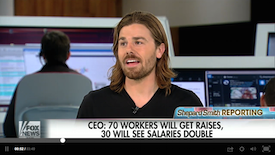 At the same time, he obviously sees the strategic wisdom of rewarding the people who made his business what it is today. On FOX Business News Price said:
At the same time, he obviously sees the strategic wisdom of rewarding the people who made his business what it is today. On FOX Business News Price said:
I do think over the long term there is an upside. Actually what I think though, is the fact that we’re a values-based business and we make decisions based on what is right, has gotten us to where we are today and I think that will get us to where we’re going to be in 10, 20––30 years from where we are now.
Compassion is about understanding the people you serve as a leader.
Price listened to the people on the front lines …
From his friends, he heard stories of how tough it was to make ends meet even on salaries that were still well-above the federal minimum of $7.25 an hour … “They were walking me through the math of making 40 grand a year,” he said, then describing a surprise rent increase or nagging credit card debt. (NY Times)
He listened––and what he heard is that his people were having trouble making ends meet––the same people that helped him create a profitable company.
One of the key leadership strategies from THE SENSEI LEADER is: “Lead by sharing––not accumulating.”
Studies continually show that financial incentives like bonuses are less motivating than a sense of purpose, autonomy and trust. Don’t use that data to justify behaving like a Scrooge.
Money may not be the most important incentive, but it is still important. The flip side is how demotivating it is when the team pitches in to drive profits and the owner scoops up all the chips.
So yes … when efforts yield profits, share the wealth!
That’s exactly what Price is doing here––and it’s right.
Money is a motivator only to a point, and Price researched that point. Again from the Times:
The happiness research behind Mr. Price’s announcement on Monday came from Angus Deaton and Daniel Kahneman, a Nobel Prize-winning psychologist. They found that what they called emotional well-being — defined as “the emotional quality of an individual’s everyday experience, the frequency and intensity of experiences of joy, stress, sadness, anger, and affection that make one’s life pleasant or unpleasant” — rises with income, but only to a point. And that point turns out to be about $75,000 a year.
In THE SENSEI LEADER I wrote, “Money is a poor incentive only once a person’s basic material expectations are met. Until and unless a person feels he’s treated fairly, money matters—a lot.”
While it’s difficult to motivate people with money alone, it is certainly important to recognize the power of fairness in influencing productivity. That’s why the “wage gap” is getting so much attention. Continuing from THE SENSEI LEADER:
There is nothing more discouraging and de-motivating than to work hard to help the company produce a windfall only to see leadership reward themselves with bonuses while the people at the front lines are cut out of the bounty.
I’m rooting for Dan Price and his company. After hearing him talk, I’m convinced his is a sincere gesture of compassionate leadership.
A final thought from my book:
“… it’s simple; don’t over-complicate it. When the people who work for you help increase your wealth––share it.”
I believe that’s what Price is doing. Give the man a Black Belt!

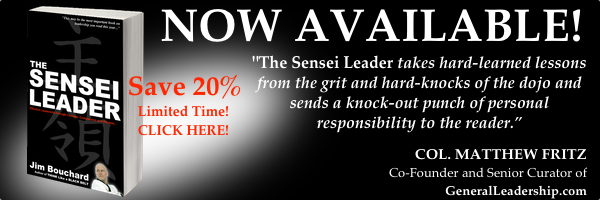


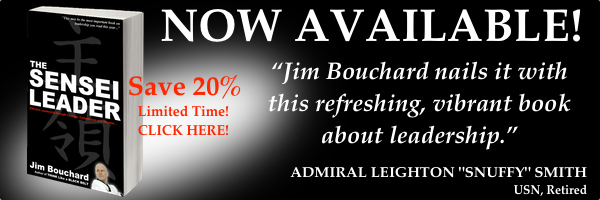
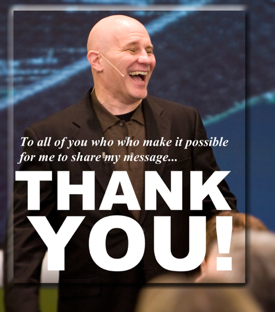
 For my wonderful, loving and supportive wife and business partner, Alex…
For my wonderful, loving and supportive wife and business partner, Alex…